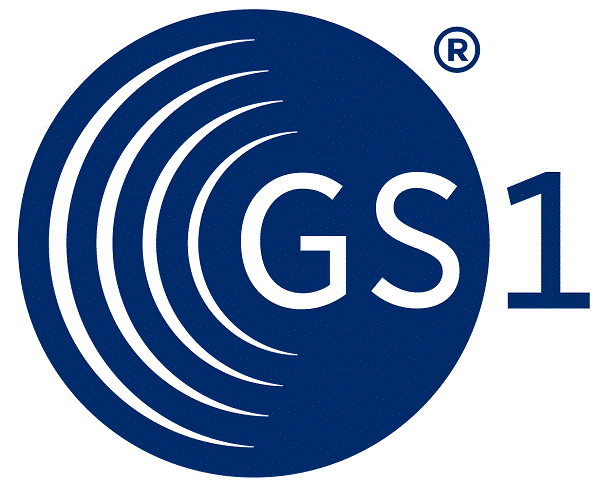| EANCOM® 2002 | Part III |
| Dataelement & Code sets directory |

|  |
| 1. Introduction |
The Data Elements and Code Sets Directory contains a list of all data elements which appear in segments in the EANCOM® 2002 messages. For coded data elements the appropriate code set is highlighted.
For each data element the following information is provided: Tag, name and description. In addition for all coded data elements the code values associated with the data element, their names, and descriptions are indicated. Where necessary, an EANCOM® note has been added.
Additionally some code values which are EANCOM® specific are also included in the code sets. These codes are not part of the UN/EDIFACT directory and have been allocated as GS1 code values in advance of EDIFACT code values being made available.
The GS1 code values are easily recognizable by the '(GS1 Temporary Code)' or '(GS1 Permanent Code)' message immediately following the code. The temporary code values contained in this release of the code sets will be submitted to UN/EDIFACT for official code values. It should be noted that these values will be replaced in the next EANCOM® edition with the new, official EDIFACT codes. The permanent codes will not be submitted to UN/EDIFACT and their values will not change in the future.
The '(SWIFT Code)' codes were included in the code list with the approval of SWIFT.
Code values with a '+' sign before the code name are codes which have been added to the code sets in the first release of the EANCOM® 2002. These codes have been added either as a result of successful work requests or following their publication in one of the new messages published in EANCOM® 2002. Please note that it may not be possible to use these codes in all messages as restricted code lists apply to some data elements in some messages. If in doubt please contact your numbering organisation before using codes in a restricted code list.
Code values with a '@' sign before the code name are codes which have been added to the code sets because UN/EDIFACT has allocated formal values for previous temporary codes. To the right hand side of the name and definition of every code marked with the '@' sign, the code value which has been replaced is detailed. These old code values are provided simply for information purposes to assist users to map previous temporary codes to new EDIFACT ones. Additionally, the "@" sign will be used if the code definition, name or tag, or any combination of these is changed.
Code values with a '++' sign before the code name are codes which have been added to the code sets in the Edition 2008 of EANCOM® 2002. '@@' shows modification in the Edition 2008.
Code values with a '+++' sign before the code name are codes which have been added to the code sets in the Edition 2010 of EANCOM® 2002, '@@@' shows modification in the Edition 2010.
Code values with a '4+' sign before the code name are codes which have been added to the code sets in the Edition 2012 of EANCOM® 2002, '4@' shows modification in the Edition 2012.
Code values with a '5+' sign before the code name are codes which have been added to the code sets in the Edition 2014 of EANCOM® 2002, '5@' shows modification in the Edition 2014.
Code values with a '5+' sign before the code name are codes which have been added to the code sets in the Edition 2016 of EANCOM® 2002, '5@' shows modification in the Edition 2016.
Code values with a 'X' sign before the code name are codes which are marked for deletion and will be removed in the next edition of EANCOM®. This deletion in most cases is due to the fact that UN/EDIFACT has assigned official code values to the temporary GS1 ones or the codes had been published in the UN/ECE Recommendations.
Code values with a '-' sign before the code name are codes which have been deleted in the current release (not physically).
A number in squared brackets at the beginning of the code name refers to the Trade Data Element Directory UNTDED.
In the column headed with an "S" codes which are only used in syntax 3 messages are marked with a "3", whereas codes used in syntax 4 messages are marked with a "4". Where neither "3" or "4" is marked in the column, the use of the code value is independant from a specific syntax version.
Any user requiring additional code values not currently contained in the EANCOM® code sets should address their needs to their local GS1 Member Organisation via the Global Standards Management Process - GSMP (See Part I, Section 3.1.2). Accepted work requests for additional code values may be implemented bi-laterally among trading partners before they appear in the EANCOM® code sets. New code values will be published in the Global Data Dictionary - GDD, up to 4 times a year, upon the GSMP approval.
|